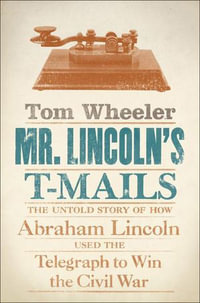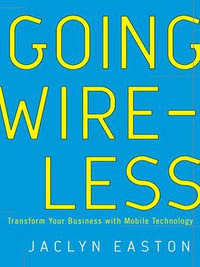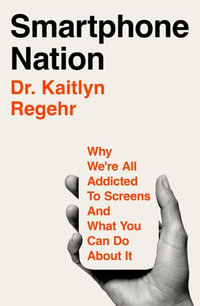
eTEXT
Sharing RF Spectrum with Commodity Wireless Technologies
Theory and Practice
eText | 9 August 2011
At a Glance
eText
$209.00
Instant online reading in your Booktopia eTextbook Library *
Read online on
Not downloadable to your eReader or an app
Why choose an eTextbook?
Instant Access *
Purchase and read your book immediately
Read Aloud
Listen and follow along as Bookshelf reads to you
Study Tools
Built-in study tools like highlights and more
* eTextbooks are not downloadable to your eReader or an app and can be accessed via web browsers only. You must be connected to the internet and have no technical issues with your device or browser that could prevent the eTextbook from operating.
Much energy has been spent on the subject of spectrum scarcity that would threaten to stunt the growth of wireless technologies and services. This concern comes on the heels of the great successes of both cellular communications and consumer oriented communications like Wi-Fi and Bluetooth that have changed the way people use computers and communications and that have led to the creation of large new markets for products and services.
The response of many spectrum regulators throughout the world in addressing these concerns has been to consider releasing more spectrum for unlicensed or for shared use. An example is the spectrum that is released by the transition to digital TV: the frequencies freed up are destined, in part, to new applications that would be license exempt. A possible beneficiary of new spectrum releases would be "the smart grid", a networked application of digital sensor and control technology to the energy delivery segment of the energy utility industry. This policy has heightened the interests of all involved in spectrum sharing and many proposals are being considered or brought forward. However, theory in this area is scarce and practice proves resistive of quick solutions. A case in point is RLAN/radar spectrum sharing in the 5GHz range: six years after the ITU-R allocated this shared spectrum, the rules for sharing as well as the means to verify compliance with these rules are not fully mature.
Another recent development is the interest in spectrum pricing and trading which tend to focus on the economic aspects of spectrum sharing at the expense understanding of the limitations as well as the technical possibilities of spectrum sharing.
Industry Reviews
Read online on
ISBN: 9789400715851
ISBN-10: 9400715854
Series: Signals and Communication Technology
Published: 9th August 2011
Format: PDF
Language: English
Audience: General Adult
Publisher: Springer Nature
Country of Publication: US
You Can Find This eBook In
This product is categorised by
- Non-FictionScienceScience in General
- Non-FictionEngineering & TechnologyElectronics & Communications EngineeringElectronics EngineeringMicrowave Technology
- Non-FictionEngineering & TechnologyTechnology in GeneralEngineering in General
- Non-FictionEngineering & TechnologyElectronics & Communications EngineeringCommunications Engineering & TelecommunicationsRadio Technology
- Non-FictionSciencePhysicsApplied Physics
























